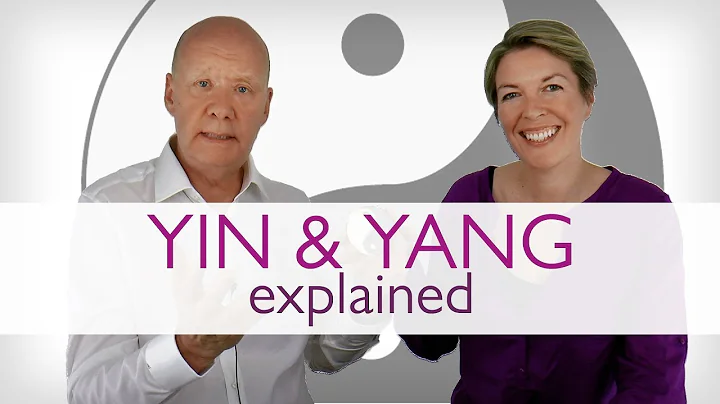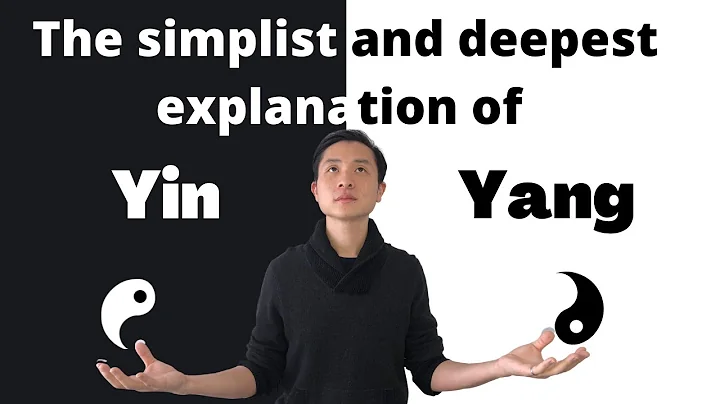Global Network News, June 7th, Foreign Ministry Spokesperson Zhao Lijian hosted a regular press conference on June 7th. A reporter at the meeting asked: The United States recently announced the suspension of import tariffs on solar panels from certain Asian countries, but these measures do not include solar panel products exported from China. What is China’s response to this? "I have also noticed relevant reports. Please ask the department in charge of us for details," Zhao Lijian said. Here, I want to emphasize that China urges the United States to stop unreasonably suppressing Chinese companies and stop artificially disrupting supply and industrial chains. erroneous practices to create favorable conditions for Sino-US cooperation on clean energy and climate change.
previously reported
According to The Paper news, the U.S. White House announced on June 6 that it would provide a 24-month import tariff exemption for solar modules purchased from Cambodia , Malaysia , Thailand and Vietnam , and authorized Use the Defense Production Act to accelerate domestic manufacturing of solar modules. The renewed demand for photovoltaic installed capacity in the United States will promote the recovery of Southeast Asia's exports of cell module products to the United States. Many domestic leading photovoltaic companies have production capacity in Southeast Asia. LONGi Green Energy responded to reporters by saying that the company does not rely on a specific single market. LONGi has achieved full leadership from global shipments to market segment leadership. The impact of the news on the company needs to be further evaluated.
U.S. White House: The United States will grant a two-year (tariff) exemption to solar panels imported from Cambodia, Malaysia, Thailand, and Vietnam; U.S. President Biden will invoke the Defense Production Act to issue loans and grants Support the future of U.S. production of solar panels and other clean technologies.

Inflation in the United States is soaring, and imposing tariffs on solar energy is nothing more than adding fuel to the fire and exacerbating cost burdens. Currently, China's photovoltaic industry around the world is pushing costs to the extreme. If Chinese solar modules are not used, the United States will suffer the most. photovoltaic industry.
html June 6 According to foreign media reports citing unnamed people familiar with the matter, the White House will announce on Monday that it will not impose any new tariffs on solar energy imports for two years, a move aimed at getting stalled solar energy projects back on track.Hengdian DMC: About 70-80% of the company's modules are exported to Europe, and black modules account for 30% of the total shipments.
Research question: The company's annual photovoltaic shipment target? What is the reason for the higher profit of component unit W?
company plans to ship 5GW of components and 3GW+ of batteries this year. Judging from the Q1 operating results, the company has maintained relatively good profitability, with a comprehensive module profit of around 1 cent per unit. This is mainly due to the differentiated layout of products and markets. As far as the photovoltaic industry is concerned, the profitability of modules in different regions and different types of power stations is different. By region, the domestic market

Changjiang Securities Research Hengdian East Magnetics (002056) is the most significant beneficiary target in Europe, and its photovoltaic business has exploded. As a veteran of the photovoltaic industry, the company has been involved in the photovoltaic field since 2009. By the end of 2021, its cell/module production capacity will reach 8/3.5GW respectively, and plans to further increase it to 9/7GW in 2022. The biggest highlight of the company's photovoltaic business is its deep penetration into the European distributed market. In 2022Q1, the proportion of module shipments in Europe and the proportion of European distributed products both reached about 70%. Europe itself is a high-price market, and the company's distributed and black-back panel components further enjoy a premium, ensuring the profitability of the company's component products. In 2022Q1, the net profit per watt of components reached 0.1 yuan/W. From 2022 to 2023, silicon materials will be gradually released, the profits of the industrial chain are expected to shift downstream, and the company's profitability is expected to be restored. In addition, the company focuses on technological innovation, has reserves in N-type TOPCon, HJT, and IBC, and has good growth potential.
On May 31, the Biden administration announced a new policy to promote the development of clean energy, which will significantly reduce the development costs of building wind and solar energy on federal lands.
The U.S. Department of the Interior said that rents and related costs for solar and wind energy projects will drop by about 50% as a result. According to the current proportion of solar power generation in the United States being less than 3%, there is considerable room for improvement in the future.
However, as we all know, 15 of the top 20 companies in the global photovoltaic industry are from China. China has 4,089 photovoltaic patents, which is 27 times that of the United States.
 html June 6, according to " Wall Street Journal " citing unnamed people familiar with the matter, the White House may announce on Monday that it will not impose any new tariffs on solar energy imports within two years due to pressure from inflation and renewable energy development.
html June 6, according to " Wall Street Journal " citing unnamed people familiar with the matter, the White House may announce on Monday that it will not impose any new tariffs on solar energy imports within two years due to pressure from inflation and renewable energy development. Last Sunday, U.S. Commerce Secretary Raimondo said that lifting tariffs on some goods "might make sense" to help curb the worst inflation in the United States in 40 years.
Since the anti-circumvention investigation was launched, public opinion pressure on the U.S. photovoltaic industry has continued to escalate. The U.S. Photovoltaic Industry Association, 19 governors, and 85 members of Congress jointly complained in May that "the anti-circumvention investigation has harmed the U.S. photovoltaic industry and more than 230,000 jobs." Jobs have brought about an unprecedented crisis.”
Taking into account both inflationary pressure and the demand for renewable energy development, the probability of the United States easing its photovoltaic trade policies such as anti-circumvention investigations in Southeast Asia has increased significantly. This may drive terminal demand prosperity to continue to exceed expectations in the third quarter of this year and beyond.
The photovoltaic demand potential in the United States is huge, and local manufacturers are difficult to meet it.
There are currently three main policy goals to encourage the development of clean energy in the United States: the "100% Clean Electricity by 2035" proposed by Biden in 2021, the U.S. The "Photovoltaic power generation accounted for 30% in 2030" (SEIA30x30) proposed by the Photovoltaic Industry Association in 2021, and the "Build Back Better Act-ITC Extension for 10 Years" (BuildBackBetterAct, BBB) passed by the House of Representatives in 2021 but still pending in the Senate .

Previously, on May 2, the U.S. Department of Commerce issued a memorandum on its website stating that it would not conduct anti-circumvention investigations on companies that use silicon wafers produced outside China to manufacture cells and components. This statement can alleviate the U.S.’s concerns to a certain extent. The supply of photovoltaic modules and employment pressure in related industries will benefit Chinese photovoltaic companies with a high degree of integration in Southeast Asia. The final result still needs to wait for the investigation results on August 30, 2022 and the final ruling on January 6, 2023.
At present, although the tariffs on China have not yet been cancelled, according to a report by The two tariffs of 301 are 15% and 25% respectively, with a total of 40%. The two actions of the "301 investigation" will end on July 6 and August 23 this year respectively.
In the field of photovoltaics, China is the global big brother. From upstream silicon raw materials to downstream HJT and ToPcon182/210 cells, China is inseparable.

After taking office, the Biden administration has set many goals for accelerating energy transformation, but at the same time, it hopes to use some means to grow the local photovoltaic manufacturing industry.
However, the reality is that it is difficult for local solar manufacturers in the United States to compete with products from China. The removal of tariff measures will undoubtedly disappoint small solar manufacturers in the United States.
In February, San Jose, California-based solar panel manufacturer Auxin Solar submitted a petition to the U.S. Commerce Department asking federal trade officials to launch an investigation into whether to impose tariffs on imports from four Asian countries. The company believes Chinese manufacturers have moved production to these countries to avoid paying tariffs.
In fact, China’s photovoltaic export volume has indeed been very large in recent years.

In recent years, my country's photovoltaic cells have been mainly exported, with exports of 10.3GW in 2021, a year-on-year increase of 14%.
Secondly, according to customs statistics, in the first quarter of 2022, my country’s photovoltaic cell exports were US$830 million. India, Turkey, Thailand, South Korea, and Vietnam accounted for 72% of the export market share, and exports to India accounted for 36% of the market share. Mainly Due to India's imposition of additional tariffs on April 1, importers rushed to import before costs rose.
's export market share to Turkey is 13%, which is mainly due to Turkey's new demand for photovoltaics and its non-inclusion of anti-dumping on cells, resulting in an increase in export share.
China's technology leadership and cost advantage are the largest
The change in cell supply type is largely due to the improvement in the photoelectric conversion efficiency of cells and the technological maturity of production equipment. The photoelectric conversion efficiency of BSF cells is less than 20%, so it is gradually phased out; PERC As the cells develop over time, the photoelectric conversion efficiency is expected to increase from 22.5 to 24.1%, and the photoelectric conversion efficiency is 14%-22% higher than that of BSF cells; as the TOPCon cells develop over time, the photoelectric conversion efficiency is expected to increase from 22.8 to 25.6 %; As HJT cells develop over time, the photoelectric conversion efficiency is expected to increase from 22% to 26%.

The technology in the photovoltaic industry is rapidly iteratively upgraded. The larger the size of the silicon wafer, the better it is to reduce processing costs.
silicon wafer size has experienced three major changes: the first stage from 1981 to 2012, the silicon wafer size was mainly 100mm and 125mm; the second stage from 2012 to 2018, mainly M0-M2 silicon wafer; the third stage Since 2018, larger silicon wafers such as G1, M6, G12, and M10 have appeared one after another. When the size of silicon wafers increases to a certain size, new demands will be placed on processing equipment. On the other hand, the thinning of silicon wafers is also advancing, which can make the silicon wafers more flexible and bring more possibilities to the battery and component sides. Currently, the mainstream 166, 182 and 210 monocrystalline silicon wafers thickness on the market have reached 160μm, which is 16% thinner than in 2016. Currently, the thinnest P-type silicon wafers sold by Zhonghuan are 150 μm, and the thinnest N-type silicon wafers have reached 130 μm. It is expected that the thickness of silicon wafers will be further reduced in the future.

Based on the neutral assumption, if the 301 tariffs are lifted, mainland China's components, inverters, and products are expected to be directly exported to the United States. Among them, bifacial modules will benefit the most, leaving only double anti-tariffs (part of the corporate tax rate in the 2021 ruling is 0) impact. Among inverter companies, , Jinlang, will benefit the most (they voluntarily gave up part of their share due to the impact of the 301 tariff), and Sunshine, Hemai, etc. will also benefit.
As for the local manufacturing plan, we believe that it will be difficult to replace Chinese companies even if 22.5GW of production capacity is built in 24 years when there are no advantages in labor, industrial chain supporting and other aspects and the demand for installed equipment is high.






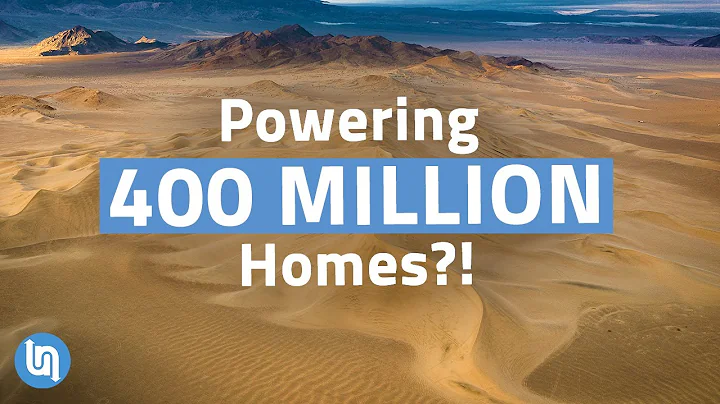


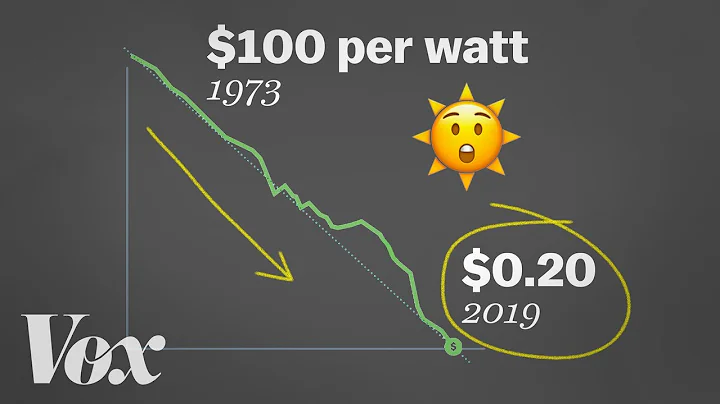

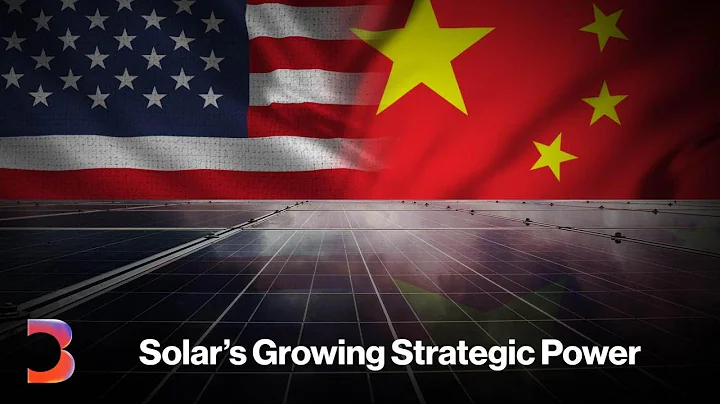
![Cover book title: "The Cafe at the End of the World" Author: [American] John Streleki Translator: Wan Jie The actual word count of the book is 36,000 words, plus markings and reflections, it takes 40 minutes to read "a short book" "Book" has sold well all over the world in 39 lan - DayDayNews](https://cdn.daydaynews.cc/wp-content/themes/begin/img/loading.gif)





